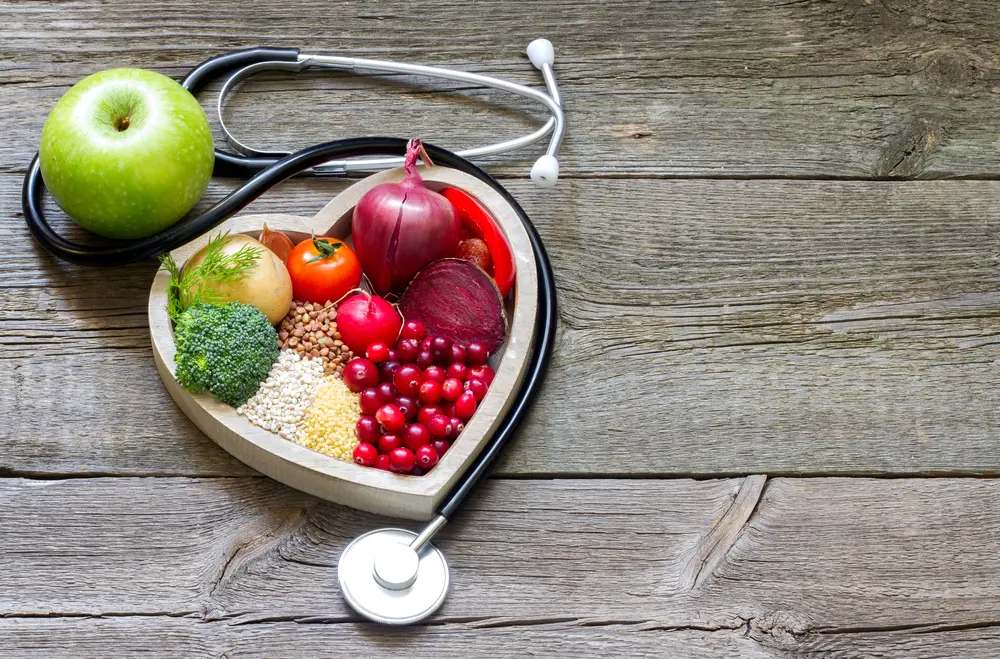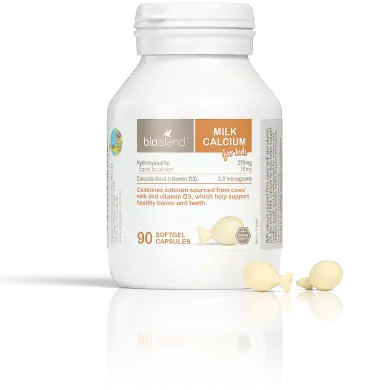
The importance of fruits and veggies for kids
Good nutrition is an essential part of ensuring your child’s good health and wellbeing.
Child & Baby Health
By Bio Island Nutrition Team
According to the Australia’s Health 2016 report published by the Australian Institute of Health and Welfare, “In 2014-2015, only 2.5% of children aged 5-14 ate enough fruit and vegetables as recommended in the Australian Dietary Guidelines”. The following minimum number of serves for fruit and vegetables are recommended by the Australian Dietary Guidelines for Children:

Fruits and vegetables provide micronutrients into the diet. For example, carrots are an excellent source of vitamin A, kiwi fruits for vitamin C and sweet potatoes contain potassium. Good nutrition is an essential part of ensuring your child’s good health and wellbeing so that they can be the best they can be - physically, emotionally and intellectually. Good nutrition comes from eating a varied and balanced diet, though this is often something difficult to achieve, leaving parents exhausted and stressed.
There are plenty of ways to incorporate fruits and vegetables into your child’s diet.
- Get creative. Hide vegetables in foods; pureed, grated or finely chopped vegetables can be added to sausage rolls, bolognaise and pizza sauces or hamburger patties. Your child won’t even know that they are there!
- Dip it. Dips such as guacamole, hummus or natural yoghurt with capsicum, carrot and cucumbers make vegetables so much more interesting!
- Bake it. Add apples and berries to muffins and slices, or if you dare zucchinis or carrot. Beetroot also pairs nicely in chocolate brownies.
- Experiment with different textures, your child might not enjoy mashed potatoes and instead love crunchy oven baked potatoes.
- Start slow. Getting your child to eat more fruits and vegetables isn’t going to happen overnight. It will take time and patience, remember something is better than nothing and they will reap the benefits in the long term.
- Make food fun. Depending on the age of the child, get them to help out in the kitchen! They’ll be more likely to eat it if they have helped cook it and prepare it. Take your kids grocery shopping and let them choose what fruits and vegetables they would like to eat.
- Lead by example. Your kids are not going to want to eat their fruits and vegetables if you don’t each yours!






